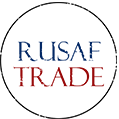Millitary Unifom & Accessories
Food Commodities
Mining Equipment and consumables
Medical Equipments
Pharmaceutical Supplies
This department is equipped with trained personnel who specialize in supplying military food, farming equipment, fertilizers, military uniforms, and military accessories. T&C APPLY.
NB: we serve as distributor between licensed military uniform and accessory manufacturers in the Russian Federation and African governments and their authorised agents.
1. Agents are required to register with our department in advance and provide all required documents.
2. No quotations or supplies of military uniforms and accessories can be honored without the submission of the specific government authorizing permit or license by the buyers or authorized agents. All rights reserved.
- Bulletproof head protection helmets
- Bulletproof Vests
- Military Mordern Uniform
- Military Footwear
- Military Mobile Clinic
The armored helmet (BS) is designed to protect a person’s head, face and neck from being hit by fragments of ammunition, small arms bullets, cold weapons, as well as from blows and dynamic impacts during combat operations. The bulletproof helmet protects from bullets of 9.0 mm PM pistols, 6.35 and 5.6 mm pistols, 7.62 mm TT pistols, from a distance of 5 meters. of the above-mentioned means of destruction to the II degree. An increase in the bullet resistance of the helmet leads to an increase in its weight, and according to experts, an increase in weight of more than 1.5 kg reduces maneuverability. All armor helmets according to Russian legislation must be certified according to GOST R 50744-95.

In recent years, armored helmets, as means of individual armor protection (SIB), have been actively used not only by law enforcement and army structures, but also by private security organizations when collecting material valuables and in rapid response groups. Structurally , the armor helmet consists of:— the body, made, as a rule, in the form of a single armored element (helmet), repeating the outline of the protected areas of the head,— a damper placed between the body and the head, which serves to improve ergonomics, shock absorption and reduce the barrier effect in case of ballistic damage,— removable balaclava,— internal equipment. Additionally , armor can be equipped with:— transparent bulletproof visor to protect the face;— a barmice (gorget) to protect the neck;— built-in radio headset for communication;— a fabric cover and a rigid container for transportation and storage.
The internal equipment of the helmet is designed to hold on the head and absorb the dynamic impact of bullets and shrapnel on the human head. It consists of a locking system, straps (neck, chin), tension regulators. The body armor element is made in the form of an all-pressed (all-stamped) base made of plastic reinforced with high-strength fibers (aramid, high-modulus polyethylene, etc.) or metal (alloy steel and titanium alloys). Currently, 4 main types of armor helmets are used in Russia:— metal sheet steel;— composite;— aramid-fabric;— combined.
The most optimal materials for armor helmets are composite and combined metal-composite or composite-ceramic, as well as materials based on organic fibers (nylon, aramids). With a minimum weight, such helmets have high resistance to shock loads, protect from 70-80% of fragments flying at speeds up to 500 m / s, “extinguish” the bullet energy well, and are also the most comfortable to wear. The weight of such helmets is usually 1.3-2.0 kg. Steel helmets, with the same degree of protection, have a weight of 1.5-2 times more than from the latest materials.
Serious disadvantages of traditional metal helmets are also a significant concussion hazard, even in the case of non-penetration. The damper serves to reduce the dynamic forces on the head and is made in the form of a sub-module device or a balaclava, which includes damping layers and damping elements. The most common damper is currently an adjustable sub-arm device consisting of a horizontal band (made of leather or cotton fabric) covering the head at the level of the forehead, with a “cradle” suspension in the form of “slings” extending from the horizontal band, converging in the center. In order to prevent the transmission of negative dynamic effects on the head, it has shock-absorbing elements connecting the sub-module device with the helmet body.
The balaclava is made in the form of special soft pads mounted inside the helmet. As a balaclava material, porous plastics are used, sheathed with leather or fabric. Helmets have basically a simple suspension system, which also provides ventilation of the internal space between the helmet shell and the head. For this purpose, as well as to prevent head injury as a result of contact with the inner surface of the helmet, a gap of 15-20 mm is created between the body of the hard helmet and the head, which simultaneously provides the possibility of individual fitting.
1.Providing maximum protection corresponding to the SIB class at the minimum permissible mass.
2.Maximum ergonomics and maneuverability, easy dressing and adjustment.
3.The absence of flammable and toxic elements, substances and coatings in the construction materials.
4.The presence of elements and technical solutions that contribute to the armor displacement, reducing the ricocheting of bullets and fragments.
5.The design of the helmet, the fabric of the protective covers, the under-arm device and accessories must be resistant to climatic factors (high and low temperatures in the range from -50 to +50 ° C), durable and wear-resistant, allow mechanical and chemical cleaning without deterioration of service and operational characteristics.
3 basic sizes (head circumference) are installed for armored helmets:
— 1st — up to 55 cm;
— 2nd — 56-58 cm;
— 3rd — 59cm and above.
Armor helmets can be made of one conventional standard size with the ability to adjust to the required coverage of the head. Geometric dimensions of the helmet:
— size 1 — 210x260x235
— size 2 — 210x266x255.
The total protection area of the BS is 11-14 dm2 (depending on the size). The most well – proven armor helmets in Russia are:
— Anti-shatter helmets (steel, metal-plastic): Sphere-P, PSH-97 “Jet”.
— Shockproof helmets (plastic, metal-plastic): SHPU type “H”, SHPU “A” (Antishock), Skat M1, Mask-2, Cap 1SB.
— Helmets of the 1st class of protection (steel, aramids, composites, polymers): Alpha, BZSH (01) type “B”, BZSH (01) type “H”, LSHZ-2DTM, Cap 2, Skif 1M2a, ZSH-1.
— Helmets of the 2nd class of protection (steel, titanium, polymers): ZSH 1-2 — steel, Sphere -12, Alpha-2, Skif 1/2MZ, Cap 3M, Sphere C. As for the area of protection of the vital organs of the head, as one of the main requirements for modern helmets, according to comparative characteristics, the most effective today are the army helmets 6B47.

Police and internal troops anti-shatter helmet PSH-97

Shockproof helmet scat m-1

Lightweight bulletproof helmet TOR (S) (Russian equivalent of Ops Core helmet) produced by the «KLASS» company.
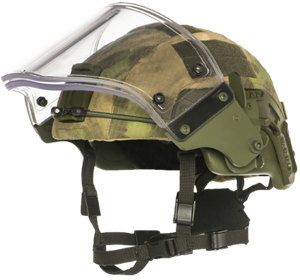
Assault protective helmet with removable bulletproof visor and ear protection TOR-2

Unified military armor helmet of the Armed Forces of the Russian Federation. Helmet 6B47 is part of the equipment “Ratnik“.
It provides the possibility of using standard means of communication, fastening of instrument equipment and is combined with means of protection of hearing, vision, breathing.

Lightweight bulletproof helmet TOR (S) equipped with a:
night vision device, (NVR)active headphones with radio communication system, tactical flashlight, Video recorder, IR beacon, etc.

Lightweight bulletproof helmet ZSH-1. The photo shows a removable neck guard, a shatterproof visor and picatini straps (optional).
— Class 0 (or “special”) – defines protection against cold weapons.
— 1st class – protects against soft shell-less bullets of 5.6 mm, from pistol bullets of 6.35 mm Browning, PM – at point-blank range, from buckshot and small fragments weighing up to 2-3 g, from cold weapons such as bayonet knife, dagger, sharpening. The protected area is 30-40 dm2, weight – 1.5-2.5 kg.
— 2nd class – protects from shell bullets of pistol and revolver cartridges such as PSM, PM, TT, Nagant – at point-blank range, from shot from a hunting rifle and from cold weapons. These bulletproof vests are made of 7-10 layers of fabric with a density of 6-10 kg/m2 of protected area. Weight – 3-5 kg.
— 3rd class – protects from bullets of AKM and AK-74 submachine guns at point-blank range, from a conventional bullet of a TT cartridge with a steel core, bullets of reinforced pistol and revolver cartridges of the Magnum type, bullets of smoothbore hunting rifles, as well as from all types of cold weapons. The protected area is 40-60 sq.dm, the density of the protective material is 12-15 kg/m2. There are pockets for additional plates. Weight – 6-9 kg.
— 4th class – protects from bullets of the AK-74 submachine gun with ordinary (heat-strengthened steel) at point-blank range, from bullets of 5.45 and 7.62 mm caliber with a soft core at a range of 10 m. The average density of the material is up to 30 kg / sq.m. Usually bulletproof vests of the 4th class are obtained from the 3rd by replacing armor elements. Weight – about 10 kg.
— 5th class – protects against AKM with a PS bullet (heat-hardened steel core, red-hot steel), SVD with an LPS bullet (heat-hardened steel core, red-hot steel) at point-blank range, AK-74 with BS (armor-piercing carbide), non-armor-piercing bullets of 5.45- and 7.62-mm cartridges at a range of 5 m, armor-piercing – 10 m, pistol – point blank. Such models are popularly called “Anti-Kalashnikov”. The density of the material is up to 35 kg / m2, the protected area is 40-60 dm2, but can be increased by fastening the cervical and inguinal sections. Weight – 11-20 kg.
— 6th class – SVD with TUS (heat-strengthened steel), SVD with BS or B-32 (armor-piercing carbide), large-caliber sniper rifle osv-96. This class of body armor is designed mainly for special forces and law enforcement agencies.
— А separate type of armor protection is mine clearance kits for engineering and sapper units.
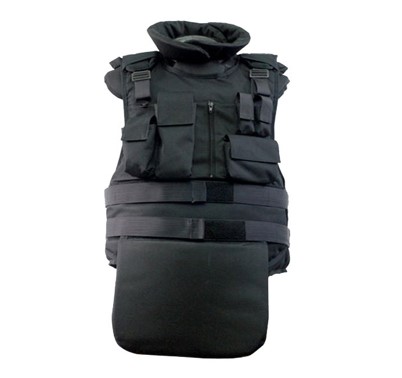

Police bulletproof vests «Module 3-m» and «Module 5-m»


Bulletproof vest of the «Kalan» type, equipped with an automatic rescue system. Designed to perform service and combat missions in water areas.

Bulletproof vest 6B43 with pouches – elements of armor protection of military equipment of the serviceman «Ratnik»
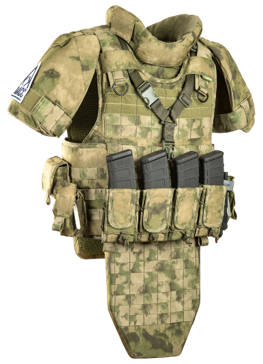
Modular bulletproof vest «Topaz», 5th class of protection
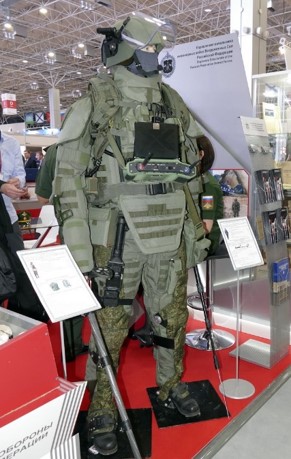
Armor protection of the combined-arms mine clearance kit «OVR-2-02»
The modern field uniform of the Russian army and other law enforcement agencies is made of special materials, which increases its wear resistance and protective qualities. The acquired experience and a wide material base allows us to manufacture products of any type, cut and colors, for any climatic zones.

Camouflage suit in the colors “moss”

A set of uniforms of the Russian armed forces “VKBO”
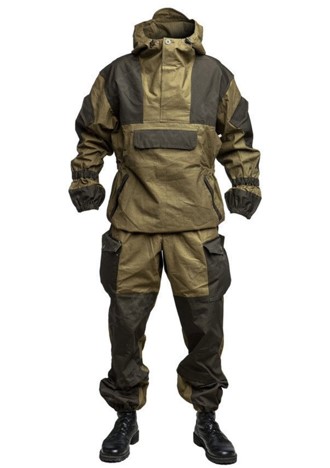
А «Slide» type suit
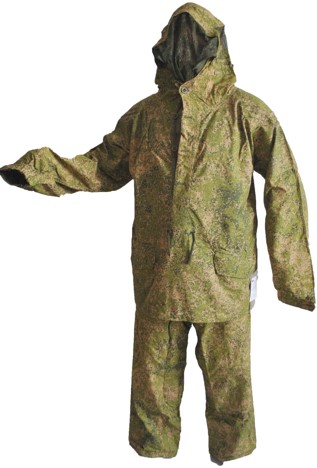
Сamouflage suit 6sh12 with mosquito net
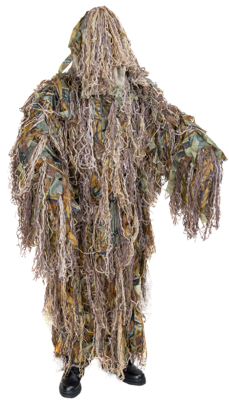
camouflage robe “shaman”
In the 2000s, the Russian armed forces abandoned boots as the main army footwear and began the transition to high-top boots. Years later, in Russia, having accumulated a wealth of experience – both in production and in operation in various climatic conditions – the production of a wide range of army shoes has been established. They are produced by both state-owned and a large number of private companies.
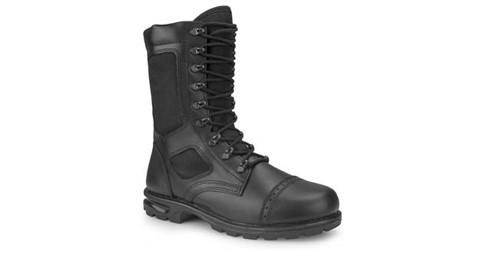
military boots manufactured by Faradey company
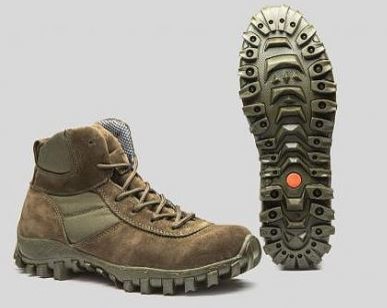
military and tactical boots manufactured by Armada company
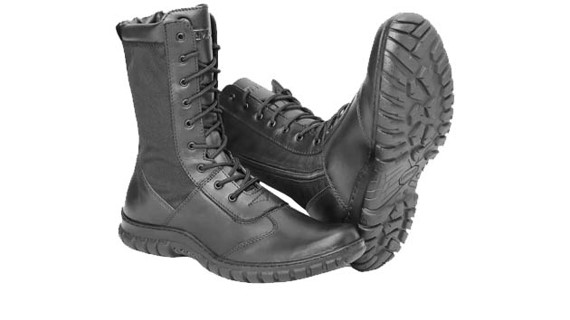
military and tactical boots manufactured by Armada company

military boots manufactured by Garsing company
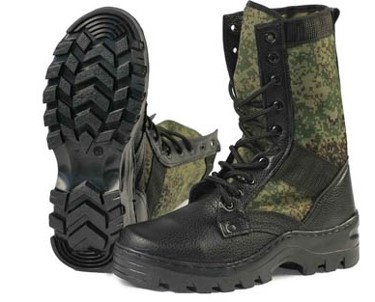
military boots manufactured by Bootex company
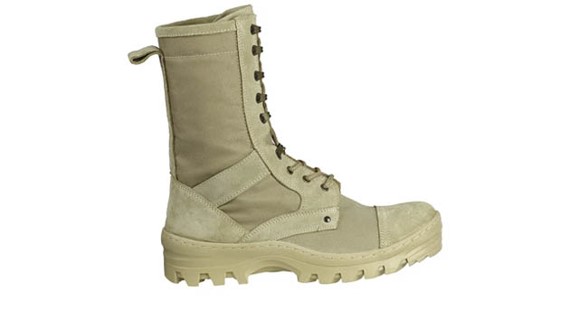
military and tactical boots manufactured by Armada company
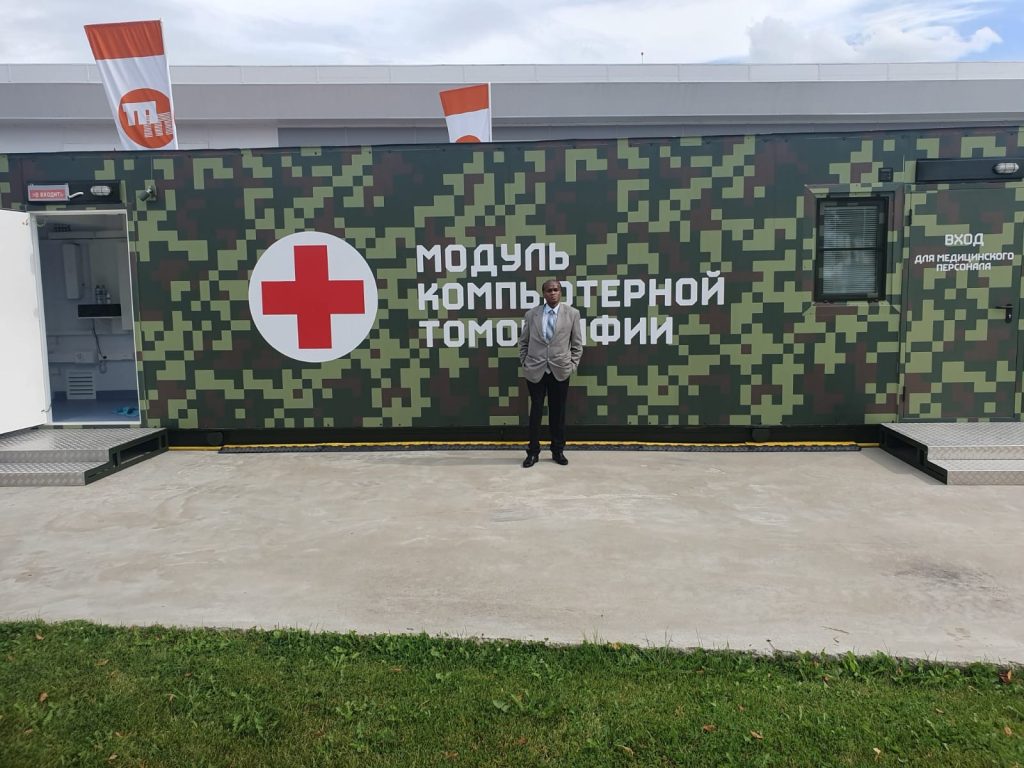
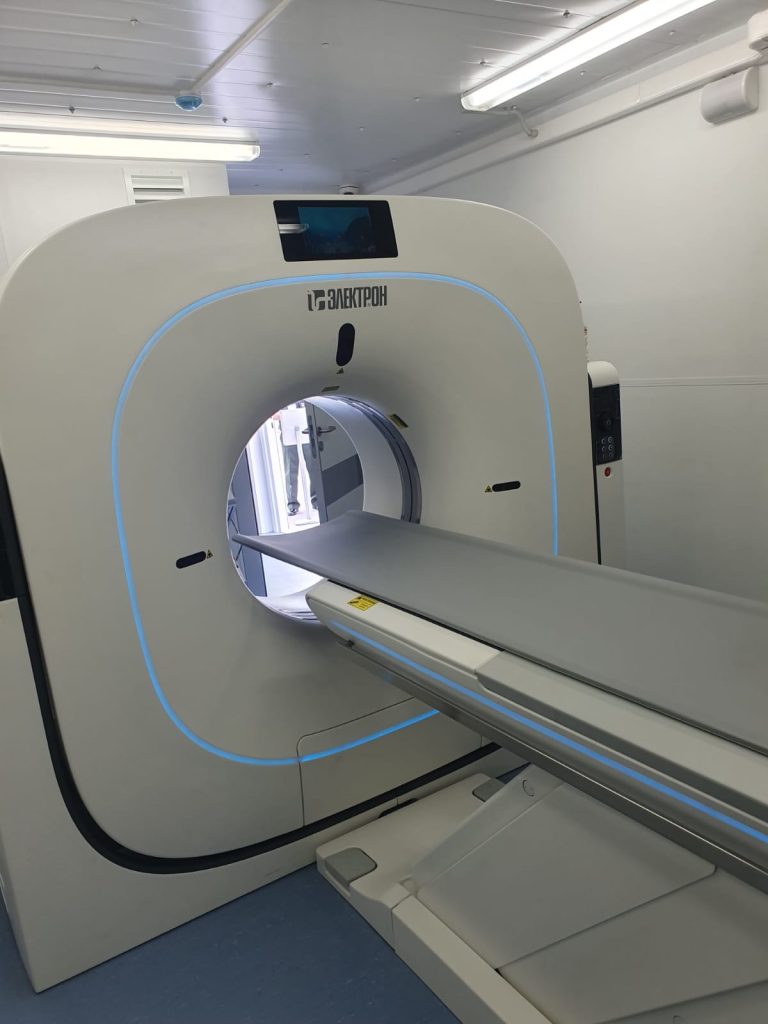
Location
Russian Federation, 117437, Moskva Konkovo r-n, UI. Ostrovityanova, dom
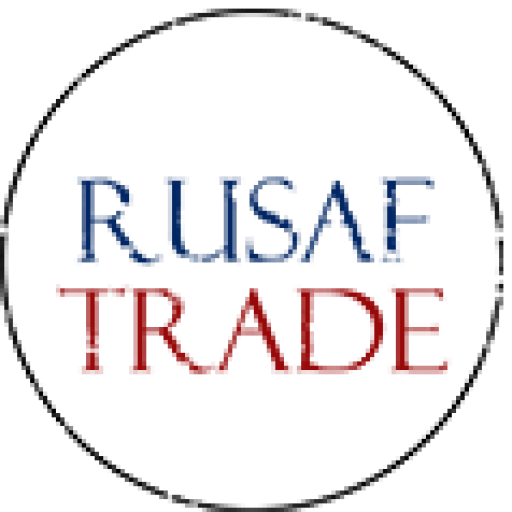
Quick Links
© Copyright 2023 Rusaf-Trade. All right reserved.
